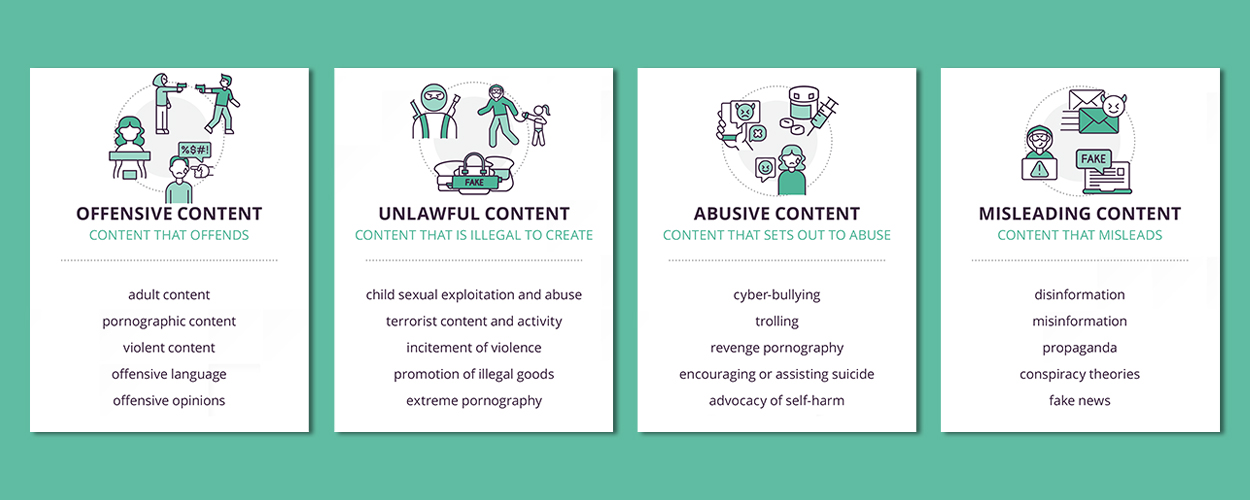
In 2021, CMU teamed up with Friend MTS – a company dedicated to innovation in content and platform security – to produce two white papers reviewing the responsibilities of digital companies regarding copyright infringement and harmful content distributed on their platforms.

Safe Harbour (published Feb 2021)
The copyright safe harbour is a legal principle found in many countries that limits the liabilities of internet companies whose customers use their networks or servers to distribute other people’s copyright-protected content without permission.
Those companies can usually avoid liability for copyright infringement on their networks providing they fulfil certain obligations. They must have a system in place via which rights-holders can request that any infringing content be removed. And they must develop and enforce effective policies for dealing with repeat infringers among their user-bases.
First conceived in the late 1990s as internet usage started to go mainstream, this principle has proven controversial in various ways over the subsequent two decades. And in more recent years reforms have been proposed to refine the safe harbour, usually by increasing the obligations of those companies and platforms that claim safe harbour protection.
To help platforms, rights-holders and responsibility facilitators stay on top of the safe harbour debate – and the reforms that have been proposed and implemented – this white paper provides a concise guide to some copyright law basics and the safe harbour itself, before reviewing and explaining the ongoing discussions and reforms.

Harmful Content (published Nov 2021)
The obligations of internet companies and digital platforms in relation to so called "harmful content" or "online harms" have become a big talking point within the wider media and political community in recent years – with headline-grabbing incidents on social media and other platforms regularly putting the spotlight back on this debate.
Although a key challenge within that debate is defining what is even meant by harmful content. After all, the term can be applied to an assortment of different content types, including…
• Content that some people find offensive.
• Content that it is actually illegal to create and/or distribute.
• Content that is abusive towards individuals or small groups of people.
• Content that sets out to misinform and mislead.
The legal responsibilities of internet companies and digital platforms in this domain vary from country to country, although their liabilities are usually limited to some extent, especially when compared to more traditional media.
However, lawmakers in multiple jurisdictions are now considering new rules to increase those legal responsibilities, sparking much debate as to how that can be done without negatively impacting on privacy and free speech.
To help platforms, rights-holders, advertisers and responsibility facilitators stay on top of all of this debate, this white paper sets out to define the different kinds of harmful content; reviews the legal debates in the UK, EU and US; and considers the commercial pressures that also shape the approach internet companies and digital platforms choose to take.






